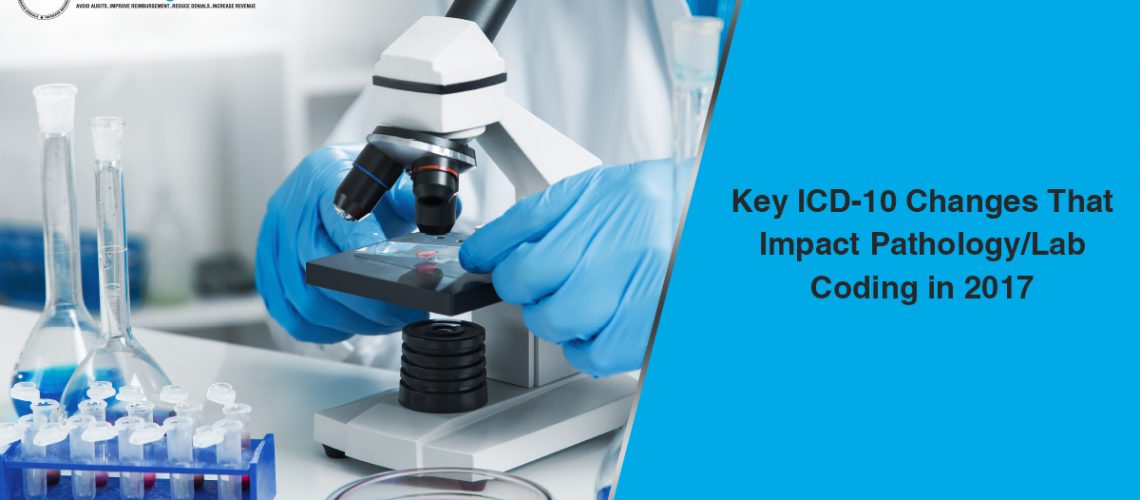Have you updated your reporting of malignant carcinoid tumors, viral hepatitis, GIST or ovarian cyst coding?
You haven’t had to deal with annual ICD-10-CM updates until Oct. 1, 2016. Now that the changes are effective, ensure your lab is on top of the latest changes.
Take a look at how the first annual update in the ICD-10 Manual affects your pathology/lab coding and reimbursement. Remember that reimbursement can be affected if payers update their policies to accommodate the changes and your practice does not.
Update Your Malignant Carcinoid Tumors Codes
ICD-10 updates some of the site-specific malignant carcinoid tumors by changing the code definitions from ‘NOS’ (“not otherwise specified,”) to “unspecified”: C7A.094, C7A.095, and C7A.096. These revised diagnosis codes — even without specific documentation regarding the site of the tumor — will allow providers to use a diagnosis that matches their documentation.
Note These Revisions: The latest ICD-10 Code set also revises descriptors for over 50 codes related to Hodgkin’s lymphoma by deleting the word ‘classical’ from the definitions.
Streamline Your Viral Hepatitis Coding
Effective Oct.1, you no longer can report diagnosis codes for viral hepatitis carrier status, as ICD-10 deletes those codes and consolidates that condition into the codes for chronic viral hepatitis.
Note These Prostate Dx Changes
ICD-10-CM 2017 deletes existing prostate dysplasia code – N42.3 – and replaces it with the more specific codes: N42.30, N42.31, N42.32, and N42.39. This expansion would help in tracking the types of dysplasia of the prostrate allowing more specific tracking of types/cause/severity/progression and evolving treatment guideline limitations.
Use New Codes for GIST
Prior to Oct. 1, if your pathologist diagnosed a gastrointestinal stromal tumor (GIST), you used a non-specific ICD-10 code for a malignant or uncertain behavior by tumor site – for instance C17. All that changes now as you’ll use the following codes: C49.AO, C49.A1, C49.A2, C49.A3, C49.A4, C49.A5, and C49.A9.
Update Your Ovarian Cyst Coding
You now have new ICD-10-CM codes to use when your pathologist diagnoses an ovarian cyst. Ensure you no longer use these codes: N83.0, N83.1, N83.20, and N83.29. Use a more specific code that includes an additional (fifth or sixth) digit to indicate laterality of the ovarian cyst.
Try this: For more accurate coding, pathologists should procure details from the surgeon as to whether the cystic ovary is from the right or left side.
Bottom line: Ensure you report an ICD-10 code based on the most specific diagnosis available to you. According to ICD-10 coding guidelines, do not code diagnoses documented as ‘probable’, ‘questionable’, ‘rule out’ or other similar terms pointing to uncertainty.
——————————————————
Photo courtesy of: The Coding Institute
Originally Published On: The Coding Institute
Follow Medical Coding Pro on Twitter: www.Twitter.com/CodingPro1
Like Us On Facebook: www.Facebook.com/MedicalCodingPro







